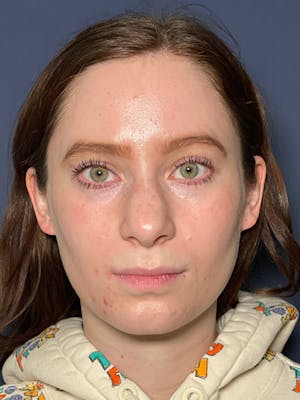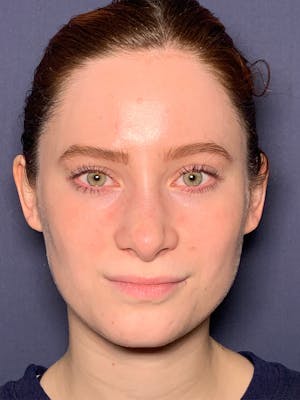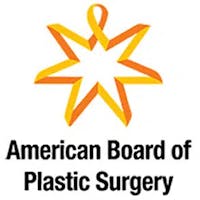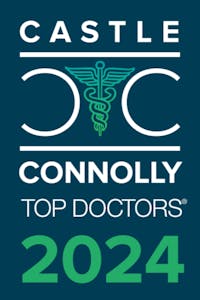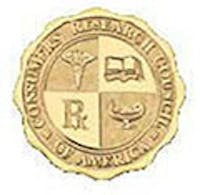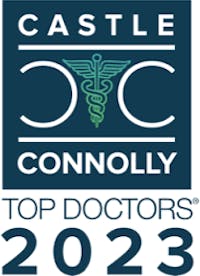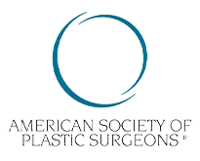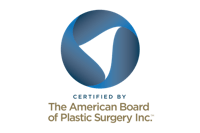Why Choose Dr. Alizadeh for Your Septoplasty in NYC?
Choosing Dr. Alizadeh for your septoplasty means placing your trust in a board-certified plastic surgeon in NYC known for his expertise, precision, and dedication to achieving outstanding results. With a deep understanding of nasal anatomy and functional surgery, Dr. Alizadeh uses advanced techniques to correct structural issues and improve airflow, ensuring both functional and aesthetic enhancement. His meticulous approach guarantees that your septoplasty not only addresses your breathing concerns but also complements your overall facial harmony while prioritizing your safety and satisfaction.
Dr. Kaveh Alizadeh brings unparalleled expertise and a patient-centered approach to performing septoplasty in NYC. With an MD from Cornell, advanced training at Memorial Sloan Kettering, and a residency at the University of Chicago, Dr. Alizadeh is celebrated for achieving functional and aesthetic harmony. As a former Chief of Plastic Surgery at Westchester Medical Center and Clinical Surgery Professor at New York Medical College, his commitment to precision and excellence is evident in every procedure.
- Over 23 years of experience in plastic and reconstructive surgery
- Double Ivy League graduate and former Chief of Plastic Surgery at Westchester Medical Center
- Innovator of cutting-edge techniques in aesthetic and reconstructive surgery, used globally
- Published author and respected speaker with 100+ lectures and peer-reviewed articles
- Founder of Mission: Restore, delivering medical care to underserved communities




